
Image of the ozone hole over the Antarctic, screen capture from Big Think short film on NASA’s averting an ozone apocalypes.
Why do we trust the scientists at NASA and NOAA when they talk about climate change?
Because they saved all of humanity. And then didn’t brag about it.
Did you even know?
From Big Think:
Pop quiz! Which NASA mission has been most critical to humanity? It’s not the Moon landing. It’s not the Apollo 8 mission, with its iconic Earthrise photo. It’s not even spinoff tech like cell phones, baby formula, and GPS. “All those kind of fall flat, to tell you the truth,” says Michelle Thaller, NASA’s assistant director of science communication. “I think that people don’t understand.” Thaller says the greatest mission NASA ever pulled off was saving your butt. While conducting blue sky research—curiosity-driven scientific investigation with no immediate “real-world” applications—that scientists in the 1980s discovered that the ozone layer was being depleted. Realizing the danger this posed to life on Earth, scientists—and NASA’s crack team of science communicators—mobilized the public, the U.N., and governments to get the Montreal Protocol signed, and to ban ozone-depleting chemicals for good. “We’ve since done atmospheric models that show that we would have actually destroyed the ozone layer, had we done nothing, by the year 2060…” says Thaller. “That would have destroyed agriculture. Crops would have failed all over the world. You couldn’t have livestock outside. People couldn’t have lived outside. We very nearly destroyed civilization, and your grandchildren would have lived through that.” The value of blue sky research is severely underestimated—especially when budgets are being drafted. But it has led to the best NASA spinoff Michelle Thaller can think of: grandchildren.
Ozone hole information just started coming into formed questions when I worked in air pollution research, and most of the best stuff here came after I was off into laws. But having watched hard debates among the scientists, in the field when we were measuring other stuff, in the libraries, over dinner, I watched this issue as it grew up, as the scientists collected the information, devised ways to determine how big a problem it was, invented ways to fight it, and then backed the politicians and statesmen who made the treaty that, literally, saves our butts.
If you didn’t have my experience, did you even know this history?
That’s why it’s here, to remember the right stuff.
And when some yahoo claims he doesn’t trust NASA scientists, I can link to this post before blocking the idiot on whatever platform he decided to be stupid on.



 Posted by Ed Darrell
Posted by Ed Darrell 





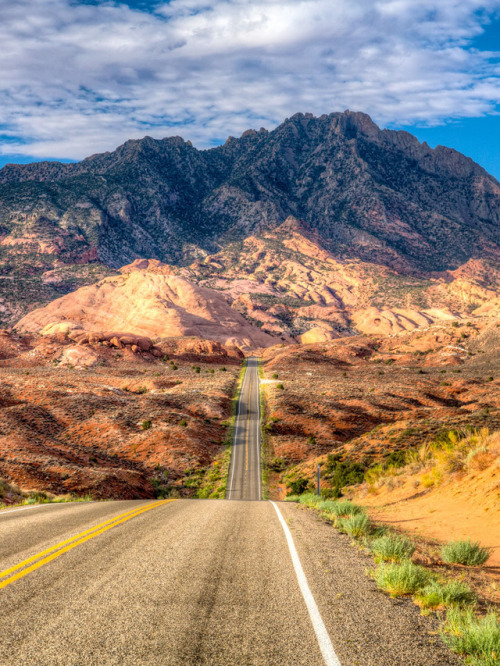

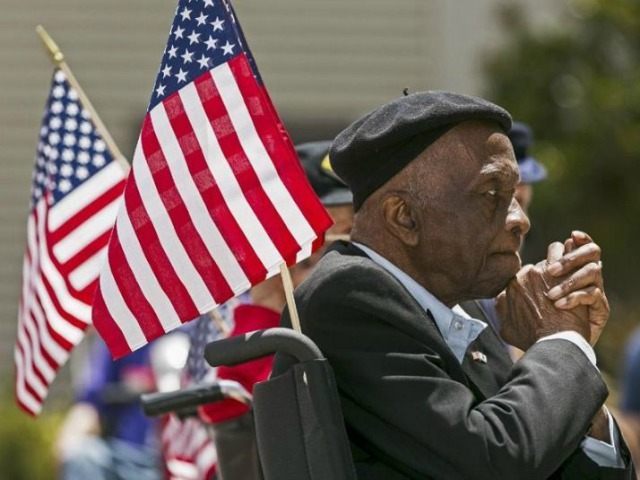

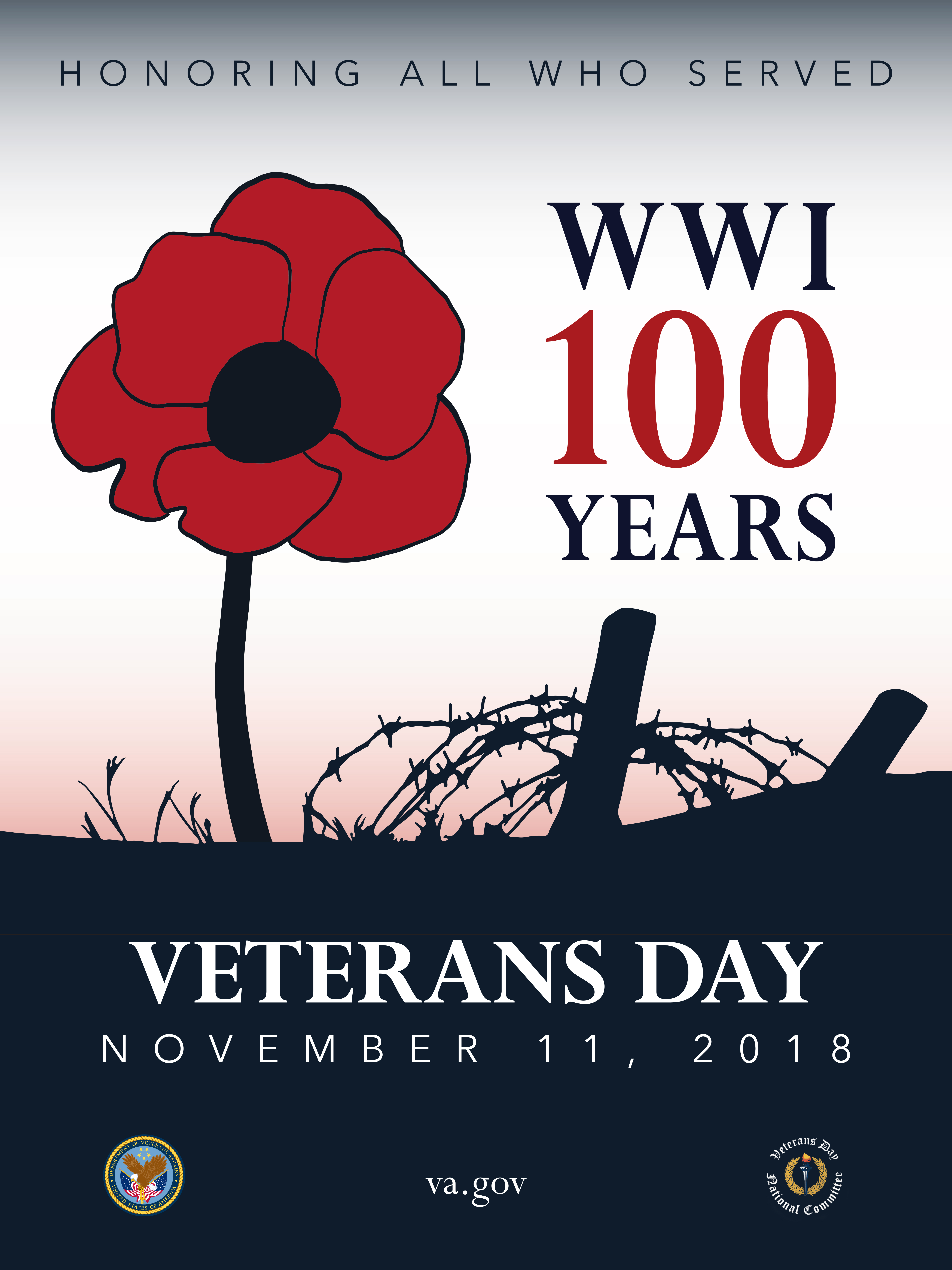










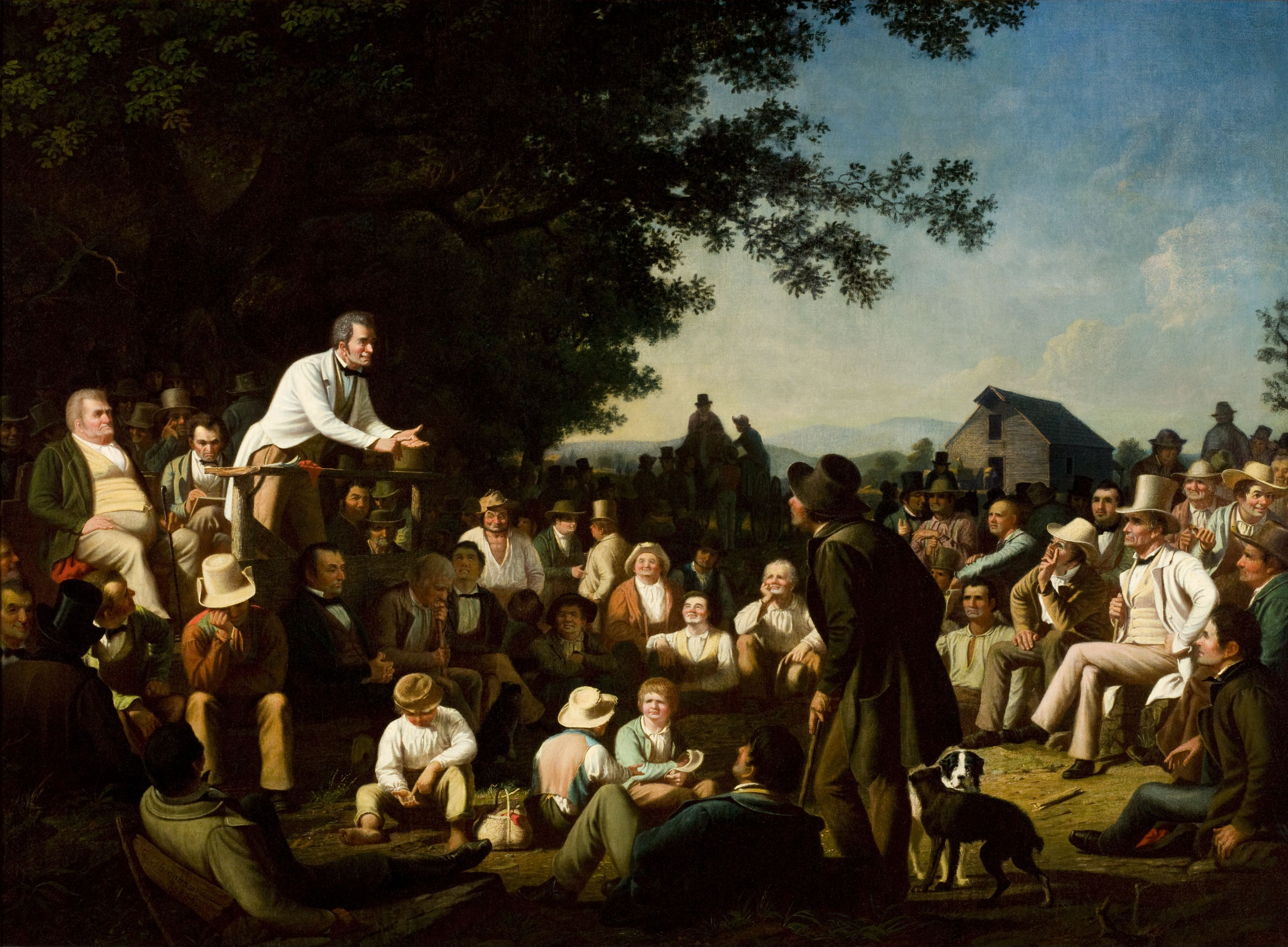


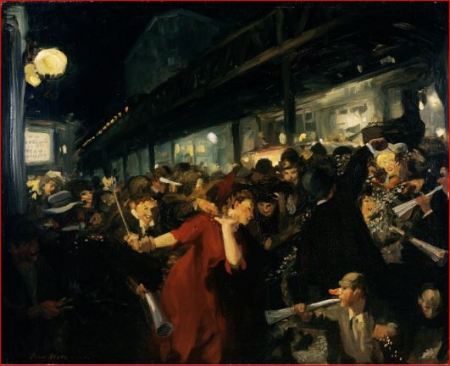



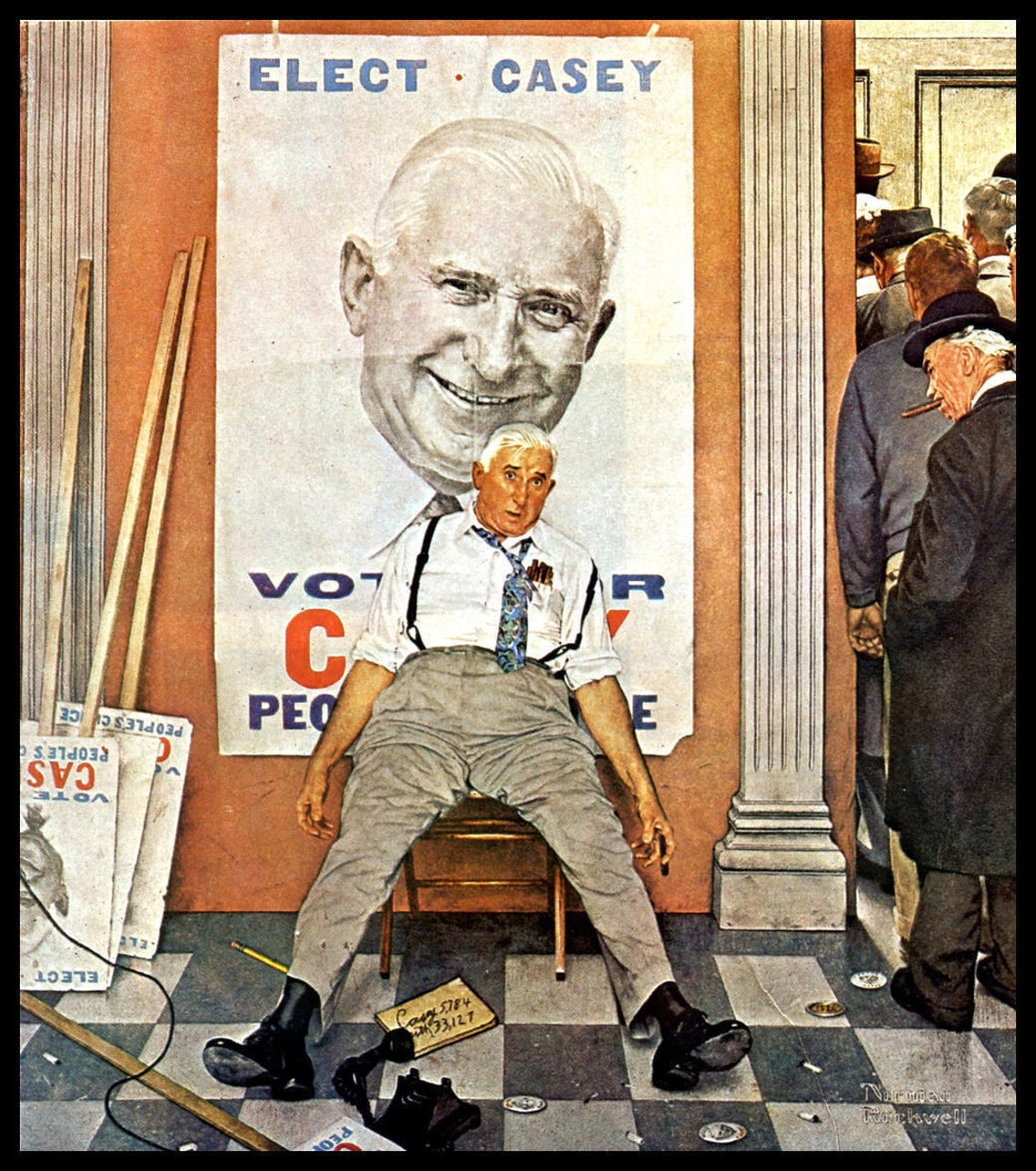
/https%3A%2F%2Fblueprint-api-production.s3.amazonaws.com%2Fuploads%2Fcard%2Fimage%2F855282%2F26d5e0ae-2861-4f00-aaa6-d9cfc6689e26.jpg)








